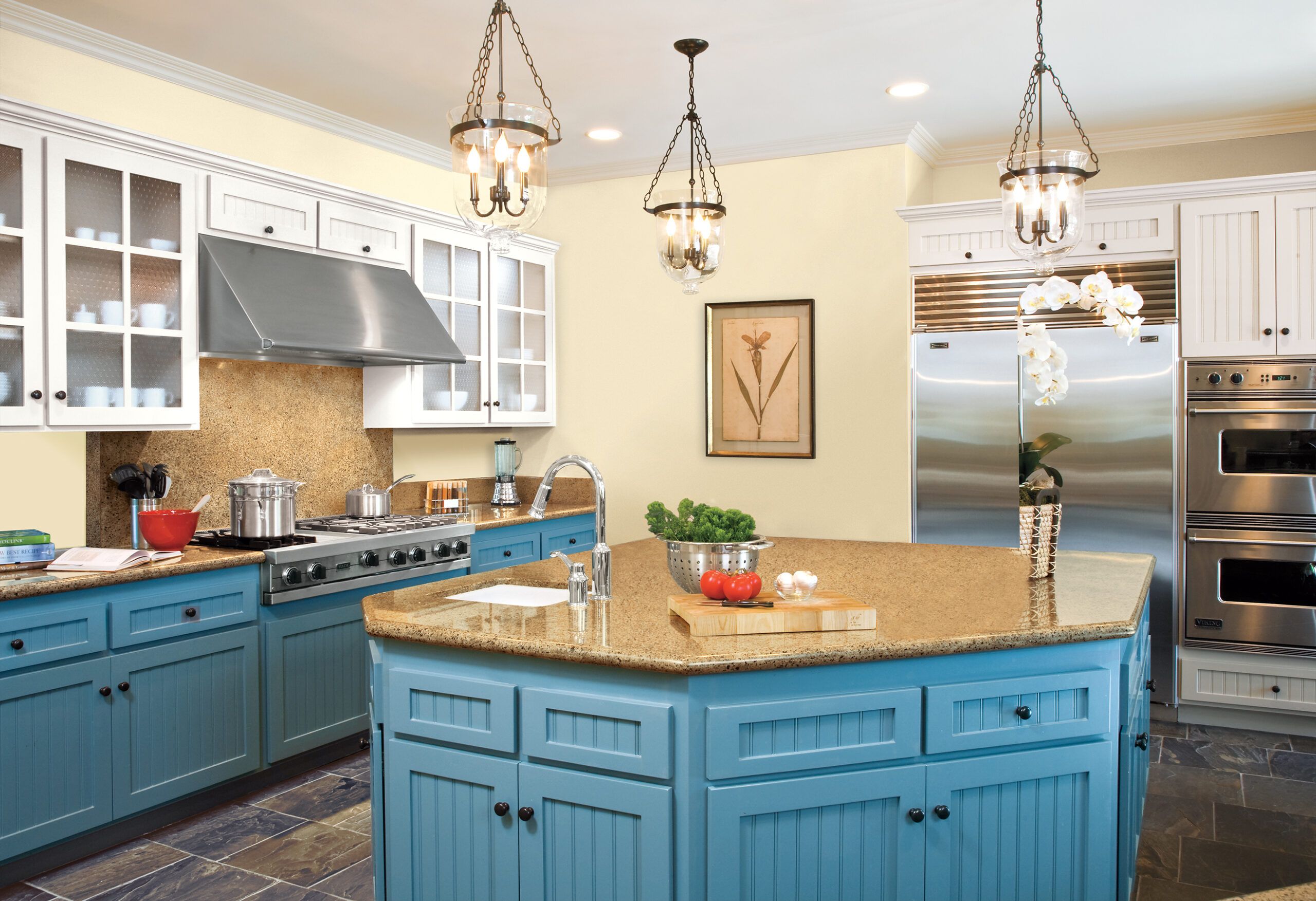Stone countertops are durable and add natural beauty and character to your home. If you want stone countertops for your kitchen or bathroom, you’ll need to choose the stone type, beveling, and sealing. Our guide explores popular stone options and how to pick the best one for your home, plus specific care requirements, costs, and more.
Pros and Cons of Stone Countertops
Stone countertops are beautiful, but they may not be the right investment for every homeowner. While they’re incredibly durable and low maintenance, they’re also pricey to install. Check out more pros and cons of stone countertops below.
Pros of Stone Surfaces
- Durability: Most stone countertops are extremely durable and can last a lifetime with proper care.
- Heat resistance: Natural stone can withstand high temperatures.
- Increased home value: Stone countertops are seen as a luxury feature, potentially increasing your home’s resale value.
- Low maintenance: With proper sealing, most stone countertops are easy to clean and maintain.
- Unique character: Each stone slab has one-of-a-kind beauty.
Cons of Stone Surfaces
- Cost: Stone countertops are more expensive than most other countertop materials.
- Damage: While durable, most stone can chip or crack if subjected to heavy impacts.
- Installation: Stone countertops typically require professional installation, adding to the overall cost.
- Porosity: Some stones, particularly marble and limestone, are porous and can stain if not properly sealed.
- Weight: Stone is heavy and may require additional support in your cabinets or flooring, further adding to the cost.
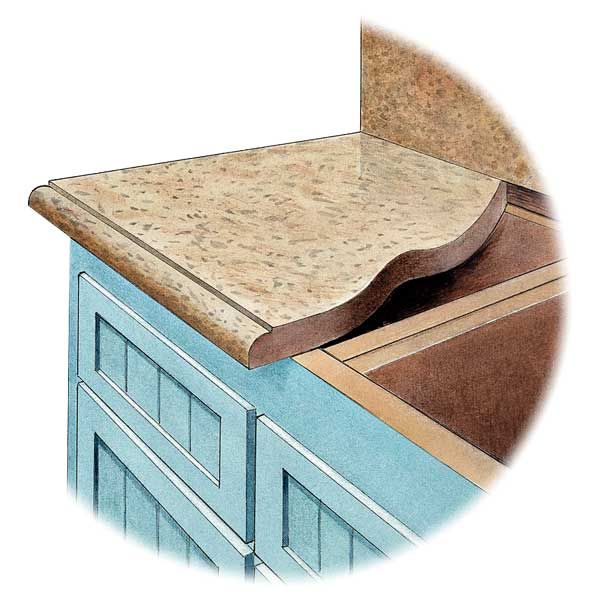
Stone Countertop Materials
You can choose from several stone materials, each with its own unique characteristics. Below are some of the most popular stone options for kitchen countertops.
Granite
Granite remains one of the most popular stone countertop materials, known for its durability and range of colors and patterns. This igneous rock is composed of interlocking mineral crystals, primarily quartz, feldspar, and mica, which give it its distinctive speckled appearance.
Granite is highly resistant to heat, scratches, and stains when properly sealed. It comes in various colors, such as subtle whites and grays, plus bold blues and reds. Granite countertops typically cost between $10–$140 per square foot installed, making this a midrange to high-end option.*
*All cost data in this article via Angi.com.
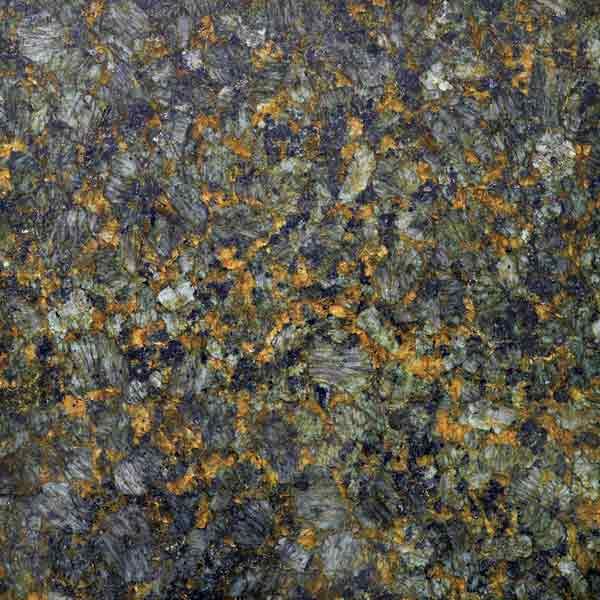
Marble
Marble is also a popular choice for those wanting a classic, high-end look. This metamorphic stone is known for its veining patterns and soft, luminous appearance.
While beautiful, marble is more porous and softer than granite, making it more susceptible to staining and etching from acidic substances. However, many homeowners appreciate the patina that develops over time, seeing it as an enhancement to its character. Marble countertops generally range from $15–$190 per square foot installed.
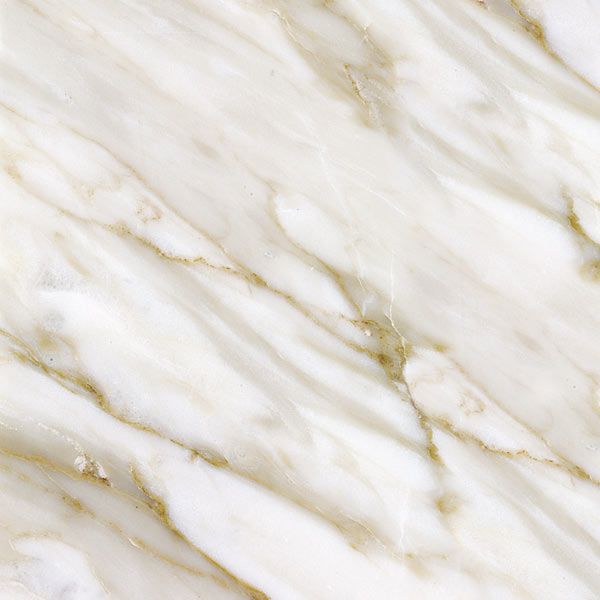
Quartzite
Quartzite is a natural stone that offers the best of both worlds—the durability of granite with an elegant appearance similar to marble. This metamorphic rock is formed when sandstone is subjected to extreme heat and pressure.
Quartzite is highly resistant to heat, scratches, and etching. It typically features light colors with subtle veining, though some varieties offer more dramatic patterns. Quartzite countertops usually cost between $55–$75 per square foot installed.
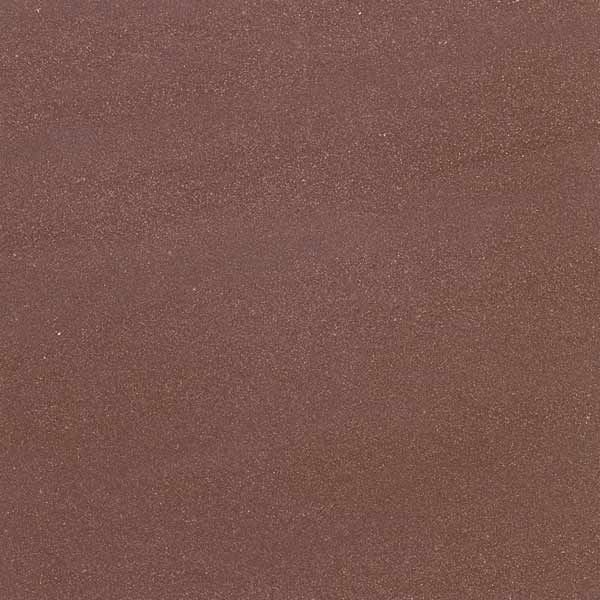
Soapstone
Soapstone is a metamorphic rock made primarily of talc, giving it a smooth, “soapy” feel. It’s known for its deep, rich color—typically dark gray—and its tendency to darken over time, developing a beautiful patina.
One of soapstone’s unique properties is that it doesn’t require sealing. It’s also highly resistant to heat and acids. However, it can scratch more easily than other stones. Soapstone countertops typically range from $20–$70 per square foot installed.
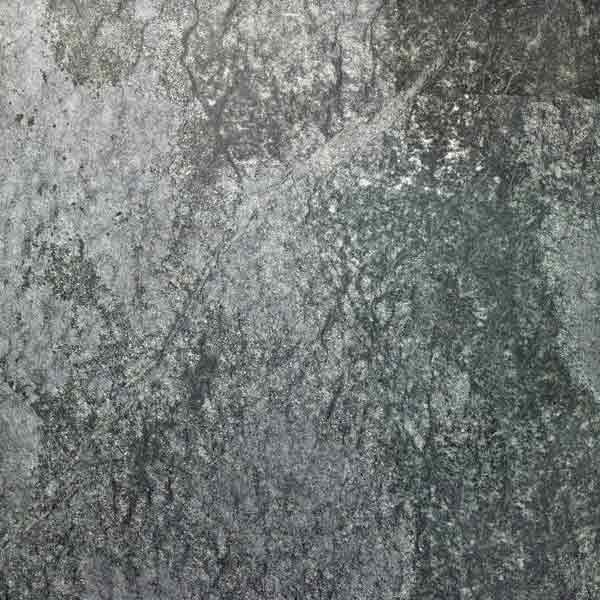
Selecting the Right Stone for Your Kitchen
Choosing the right stone for your kitchen involves more than just picking a material you like. Consider practical factors such as durability and maintenance requirements.
Matching Stone to Your Kitchen Style
For modern kitchens, consider sleek, uniform stones such as absolute black granite or white marble. Traditional kitchens often pair well with warm-toned granites or classic Carrara marble. For rustic or farmhouse-style kitchens, consider soapstone or honed granite for a more understated look.
Color and Pattern Considerations
When selecting a stone, consider how its color and pattern interact with your cabinetry, flooring, and wall color. To best showcase the countertop, pick a stone that contrasts with the color of the cabinets. For example, pair a creamy travertine with clear-coated cherry cabinets. Don’t be afraid of natural veining—it’s what makes quarried stone unique and can help hide stains and crumbs better than uniform colors.
Thickness and Edge Profile Options
Stone slabs typically come in two standard thicknesses: about 3/4-inch and about one 1/4-inch. Thicker stone has a greater visual heft, which is generally preferred in kitchens. The edge profile you choose also impacts your countertop’s overall look. Options include simple eased edges plus more elaborate ogee or waterfall edges.
Stone Countertop Installation Process
Installing stone countertops is best left to professionals. Stone is heavy and difficult to lift and get into position, which can result in injury. It also takes precision and expertise to install and seal correctly.
Measuring and Templating
The first step in the installation process is precise measuring and templating. A crew will make templates of your base cabinets, ensuring an exact fit for your new countertops. This is also when you’ll provide dimensions for sink and faucet cutouts.
Fabrication Techniques
Once measurements are taken, the fabrication process begins. This involves cutting the stone slab to your specifications, creating cutouts for sinks and faucets, and shaping the edges according to your chosen profile. Modern fabrication techniques use computer-controlled saws and polishers for precise cuts and finishes.
Professional Installation Steps
On installation day, the crew will first lay plywood over the cabinets for 1-inch slabs (thicker slabs may not require this step). They’ll then apply silicone caulk and carefully place the stone pieces. Any joints between slabs are filled with color-matched resin. Finally, they’ll mount the sink and faucet, though a plumber may need to make the final connections.
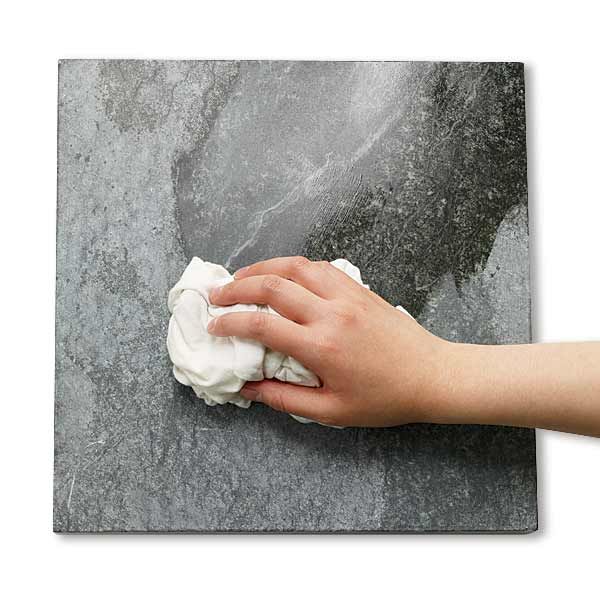
Caring for Your Stone Countertops
Knowing how to properly care for and maintain your stone countertops helps preserve their beauty and longevity.
Daily Cleaning Best Practices
For daily cleaning, simply wipe your countertops with a soft cloth and warm, soapy water. Avoid using harsh or acidic cleaners, as these can damage the stone’s surface. For tougher messes, use a cleaner specifically designed for your type of stone. Always blot spills immediately to prevent staining, especially on more porous stones such as marble or limestone.
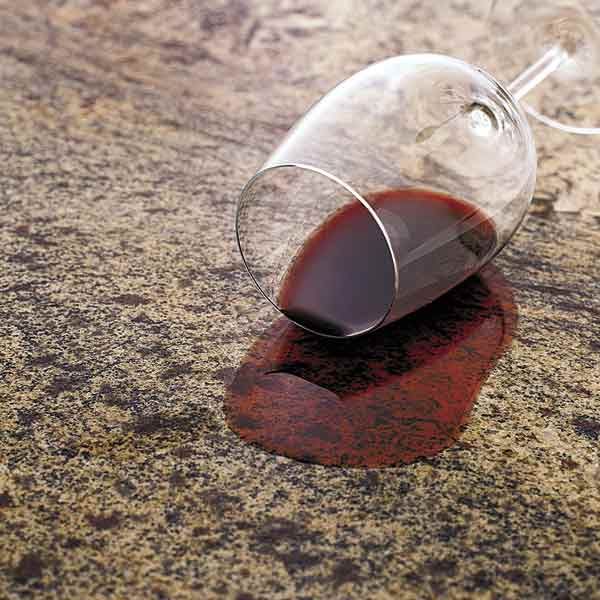
Sealing Stone Surfaces
Most stone countertops require periodic sealing to protect against stains and etching. The frequency depends on the type of stone and how much use the countertop gets. A simple water test can help determine if it’s time to reseal: If water beads up, the sealer is still good, but if it soaks in, it’s time to reseal. Use a water-based, impregnating sealer for best results. Your installer can recommend an appropriate sealant.
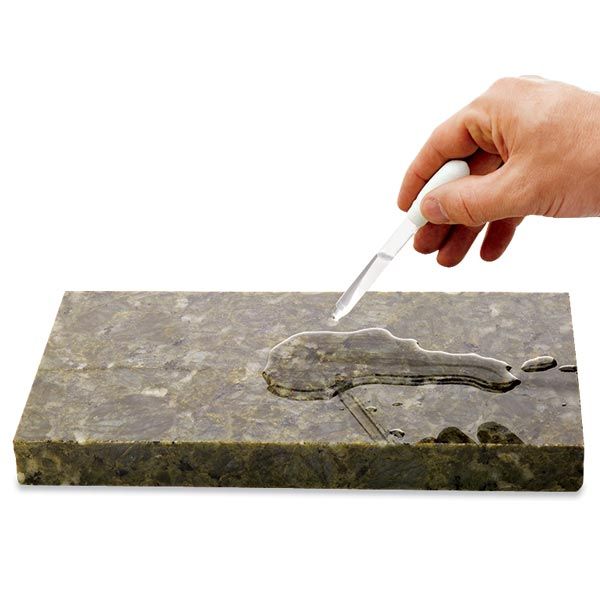
Addressing Stains and Etching
Despite your best efforts, stains and etching sometimes occur. For most stains, a poultice made from baking soda and water is effective. Apply the paste to the stain, cover with plastic wrap, and let it sit for 24 hours before wiping up. For etching on polished stones, you may need to consult a professional for repolishing.
Comparing Stone to Other Countertop Materials
While stone countertops are popular, it’s worth considering how they stack up against other kitchen countertop options to see if you’re making the best choice for your kitchen.
Stone vs. Engineered Quartz
Engineered quartz, made from ground quartz and resin, offers consistent patterns and colors that natural stone can’t match. It’s non-porous, making it more stain-resistant than most natural stones. However, it lacks the unique character of natural stone and isn’t as heat-resistant.
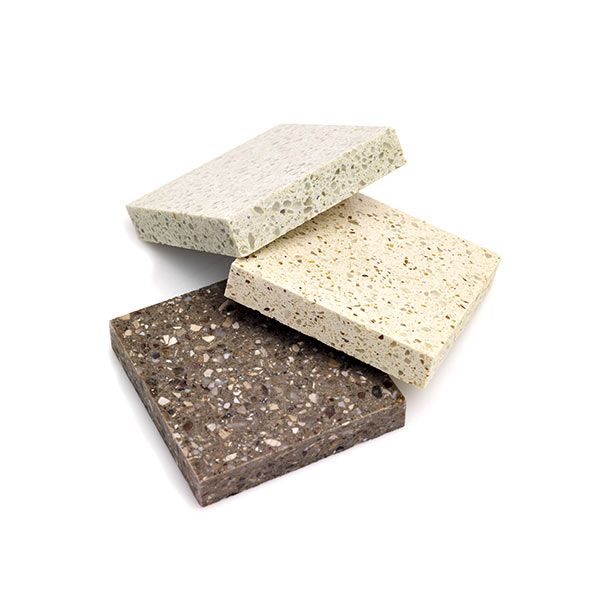
Stone vs. Solid Surface Materials
Solid surface materials such as Corian offer seamless installation and are generally less expensive than stone. They’re also more easily repaired if damaged. However, they’re less heat-resistant and don’t have the same luxury appeal as natural stone.
Stone vs. Concrete Countertops
Concrete countertops offer a modern, industrial look and can be customized in terms of color and embedded materials. Like stone, they’re heat-resistant and durable. However, they require regular sealing and can develop hairline cracks over time, which doesn’t typically occur with stone.
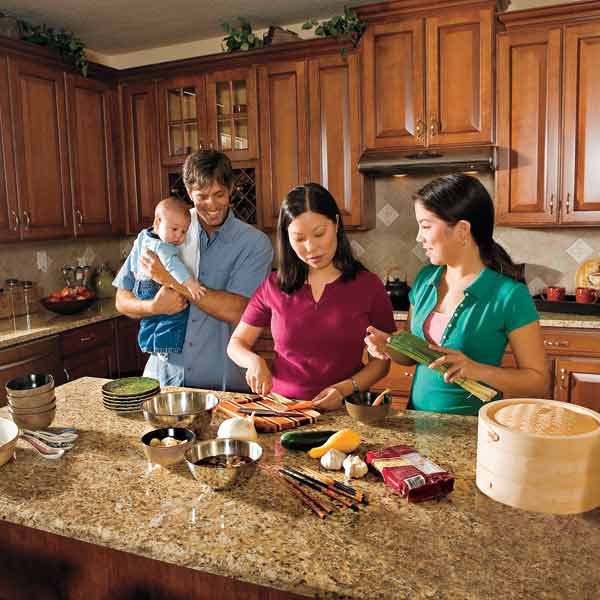
Stone Countertop Trends and Design Ideas
Stone countertops offer endless possibilities for creative design. Here are some current trends and ideas to inspire your kitchen renovation.
Popular Stone Finishes
While polished finishes remain popular, honed and leathered finishes are gaining traction. These matte finishes offer a more subtle, sophisticated look and are particularly popular for darker stones. They also tend to hide scratches and etching better than polished finishes.
Mixing Stone Types in One Kitchen
Many homeowners opt to mix different types of stone in their kitchens. For example, you might use granite on the perimeter countertops and marble for the island. This creates visual interest and allows you to splurge on a more expensive stone for a smaller focal area.
Incorporating Stone in Backsplashes and Islands
Stone isn’t just for countertops. Consider using the same stone for your backsplash for a cohesive look, or use a complementary stone to add contrast. Waterfall edges on islands, where the stone continues down the floor’s sides, are also a popular trend that creates a dramatic, high-end look.
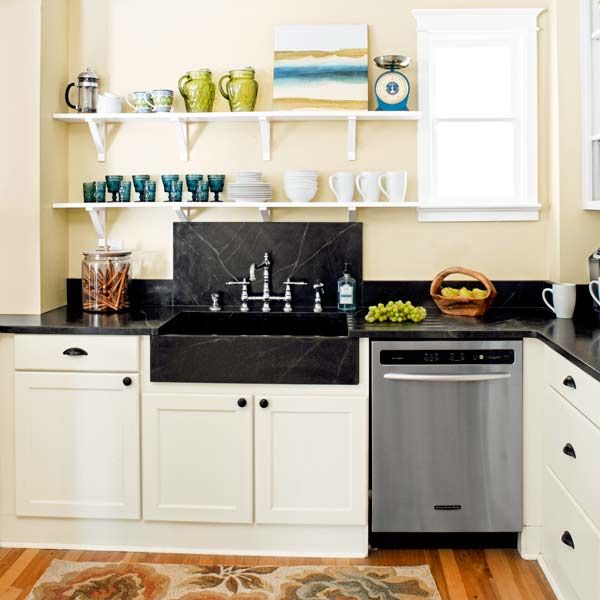
Our Conclusion
While stone countertops require some maintenance and can be a big initial investment, their longevity and character often make the cost and effort worth it. When choosing a stone countertop, consider not just the appearance but also your lifestyle and maintenance preferences. We recommend hiring a professional for the best results.
